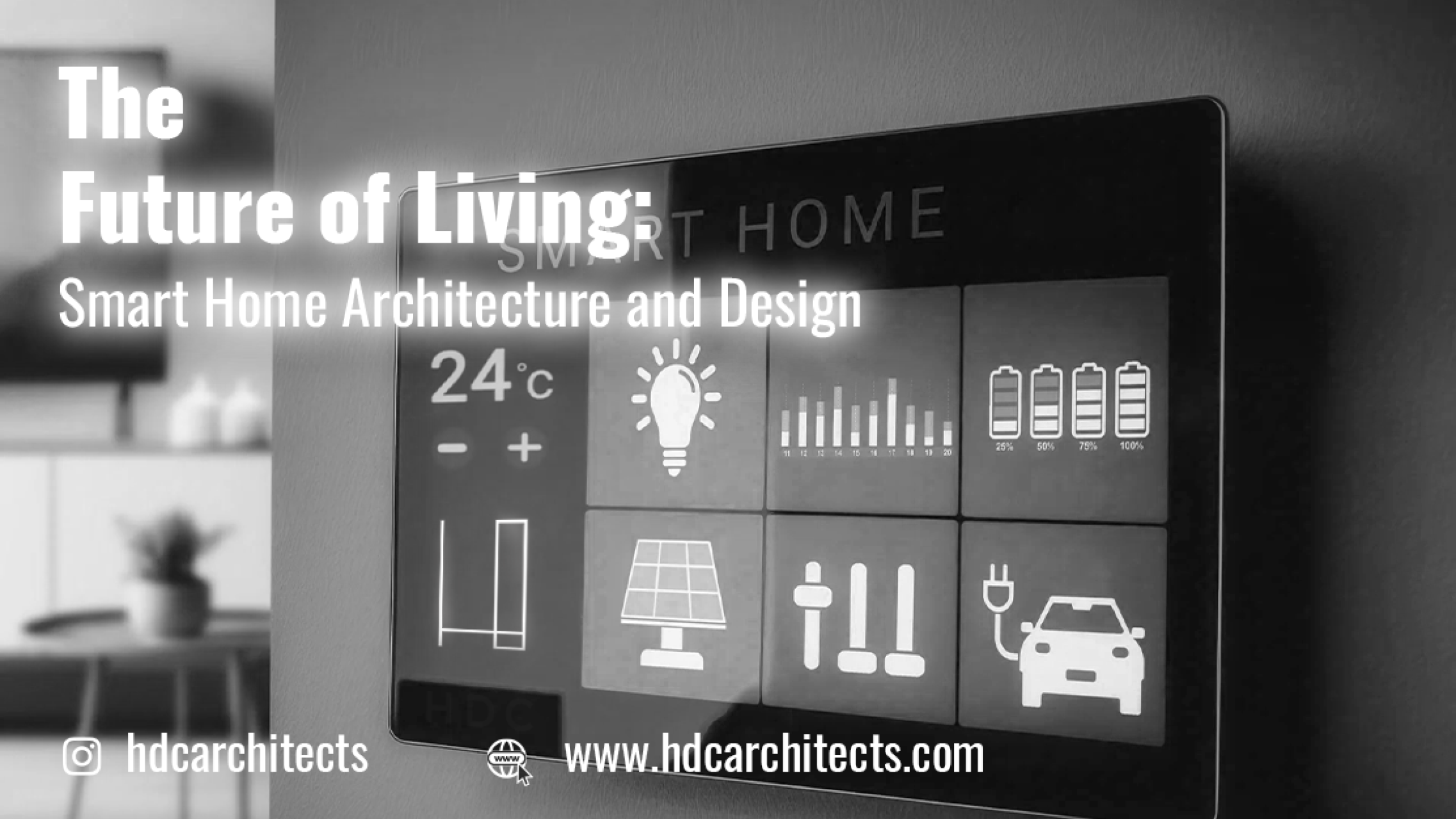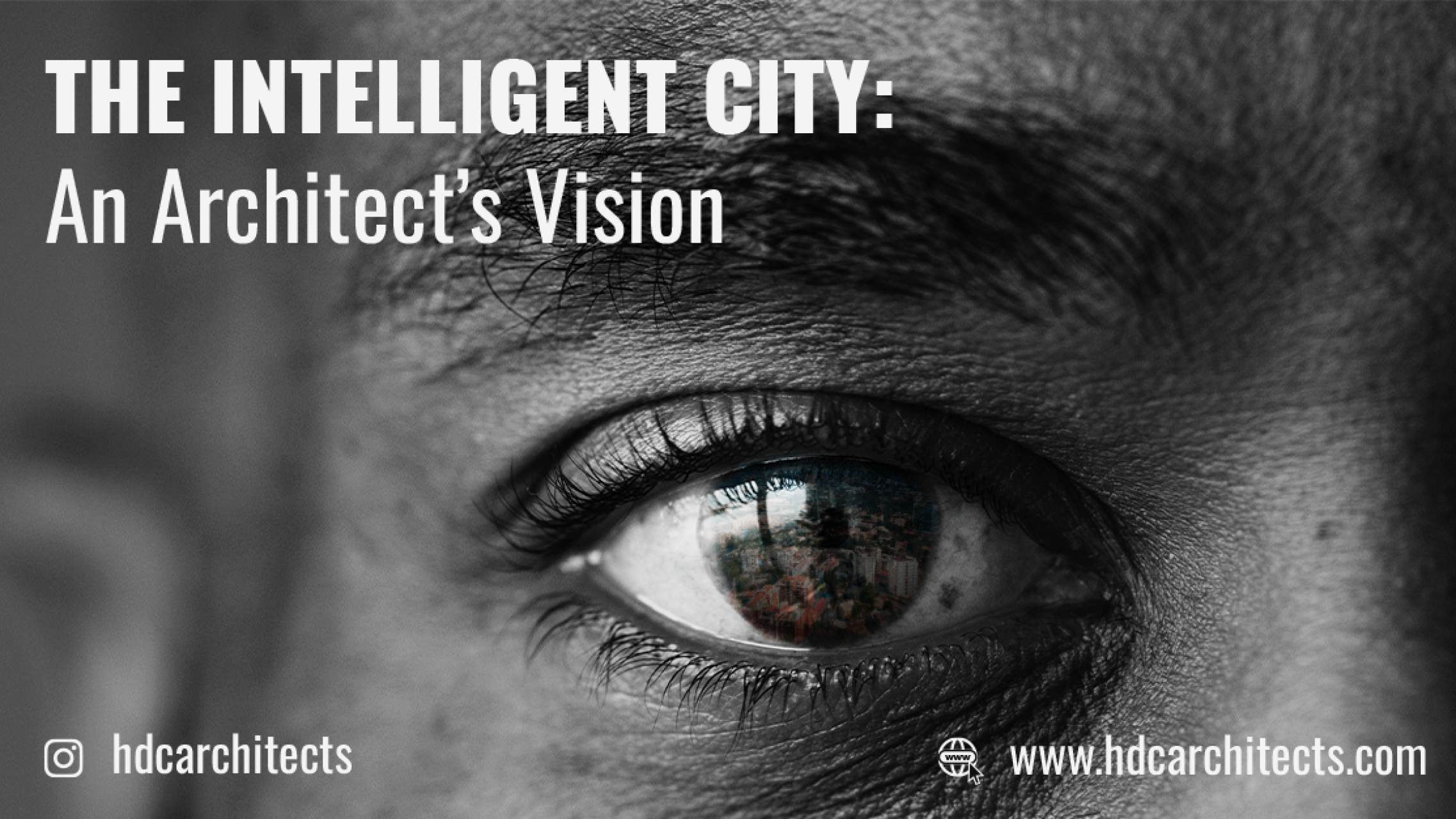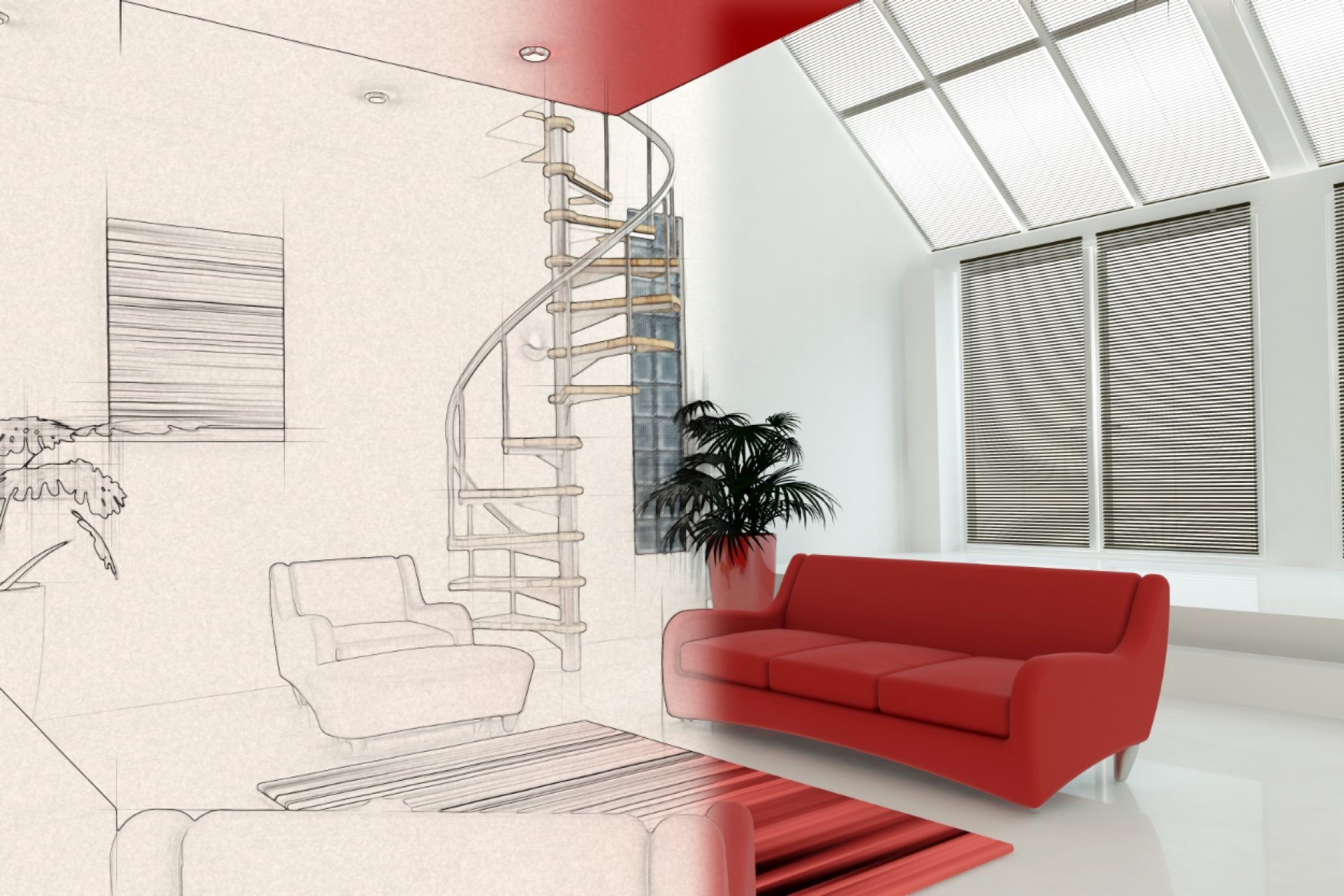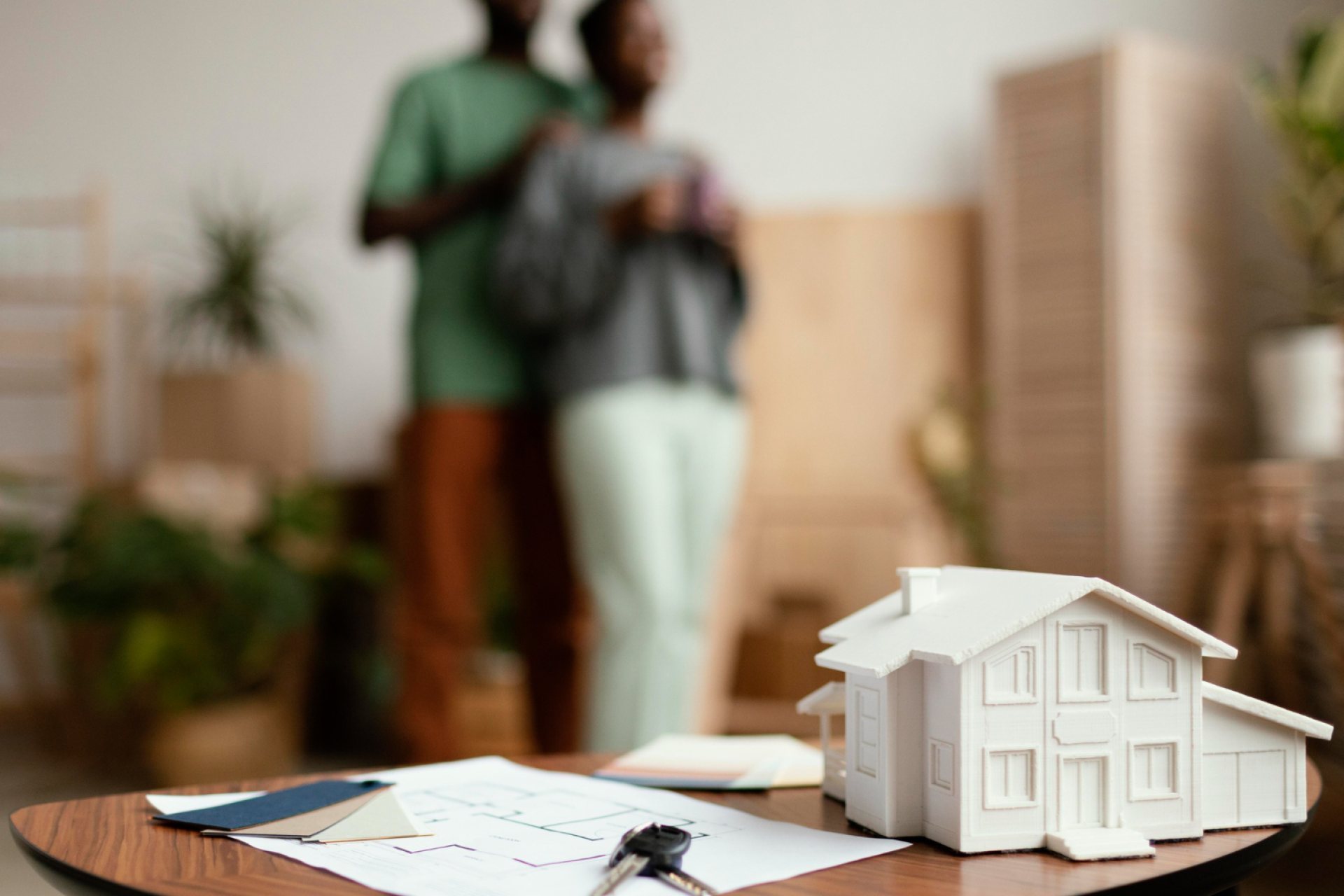
The Future of Living: Smart Home Architecture and Design
Architecture is the foundation of every construction project. It is the blueprint that determines how a building will function, appear, and withstand the test of time. Over the years, architecture has evolved through various periods. Ancient, Medieval, Renaissance, Neoclassical, and now, Modern and Contemporary designs. One of the most significant advancements in architecture today is the rise of Smart Home Architecture, which seamlessly integrates technology into living spaces for enhanced convenience, security, and efficiency.
What is Smart Home Architecture?
Smart Home Architecture is the fusion of advanced technology with architectural design to create intelligent and efficient living spaces. It involves integrating smart devices, automated systems, and energy-efficient solutions to enhance the functionality and ease of use within a home or workplace. The goal is to provide a seamless and intuitive environment where various aspects of the home lighting, security, climate control, and entertainment can be remotely monitored and controlled.
Key Features of Smart Home Architecture
- Energy Efficiency Solutions: Smart systems optimize energy usage, reducing waste and lowering costs.
- Enhanced Security Systems: AI-powered surveillance, biometric access, and automated alarm systems improve home safety.
- Virtual and Manual Assisted Integration: Homes can be controlled via apps, voice commands, or manual adjustments.
- Adaptive Learning and Voice Assistants: AI-driven assistants like Alexa and Google Home learn user preferences over time.
- Measurement Sensors: Motion, temperature, and humidity sensors adjust settings for optimal comfort.
- Central Control System: A unified system connects and manages all smart devices for effortless operation.
The Role of Architecture in Smart Home Design
Architects play a crucial role in designing smart homes that are not only technologically advanced but also durable, adaptable, and aesthetically appealing. Here are some key architectural considerations in smart home construction:
1. Spatial Connectivity Planning
Architects must design layouts that allow for smooth communication between smart devices. Proper placement of walls, windows, and materials ensures uninterrupted signals and enhances the efficiency of automation systems.
2. Future-Proofing with Projected Planning
Technology is constantly evolving. Architects must create flexible designs that accommodate future advancements, ensuring that homes remain relevant and adaptable to new innovations without requiring major renovations.
3. User-Centric Design Integration
Smart homes should cater to the lifestyle and needs of the homeowner. Architects must design intuitive spaces that prioritize ease of navigation, accessibility, and usability while maintaining visual appeal.
4. Energy Efficiency and Sustainability
With smart homes relying on power-intensive technologies, architects need to incorporate energy-efficient solutions such as solar panels, natural ventilation, and sustainable building materials to reduce environmental impact and operational costs.
5. Security and Cyber Protection Measures
A smart home is only as secure as its design allows. Architects should collaborate with cybersecurity experts to ensure secure entry points, encrypted communication systems, and robust structural security that enhances both digital and physical protection.
6. Building Information Modeling (BIM)
BIM technology enables architects and engineers to collaborate using 3D models, ensuring accurate planning, designing, and construction of smart homes. This technology improves coordination between teams and streamlines the implementation of smart systems.
7. Seamless Technological Integration
Architects must go beyond aesthetics and durability, weaving technological features directly into the blueprint. This includes designing spaces for hidden wiring, automated climate control systems, and strategically placed smart sensors to enhance convenience and functionality.
The Future of Smart Home Architecture
Smart architecture is revolutionizing the way homes are designed and built. The collaboration between architects and technology experts is essential in creating efficient, sustainable, and adaptable smart homes. As technology continues to advance, smart home architecture will evolve further, making modern living more intuitive, secure, and energy-efficient.
The future of architecture is no longer just about structure it is about creating intelligent, responsive, and sustainable environments that enhance everyday living. Smart homes are not just a trend; they are the future of residential and commercial architecture.


